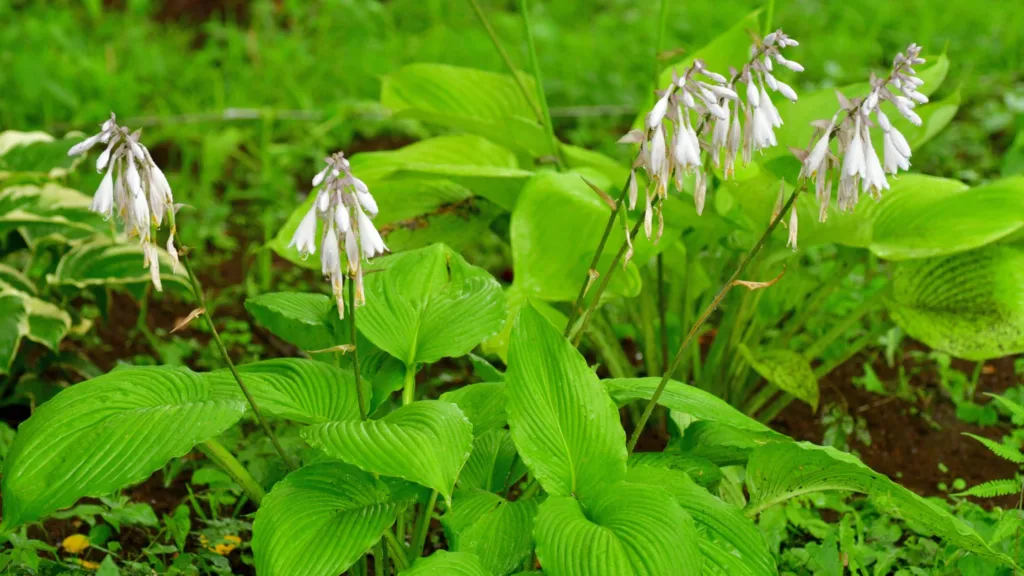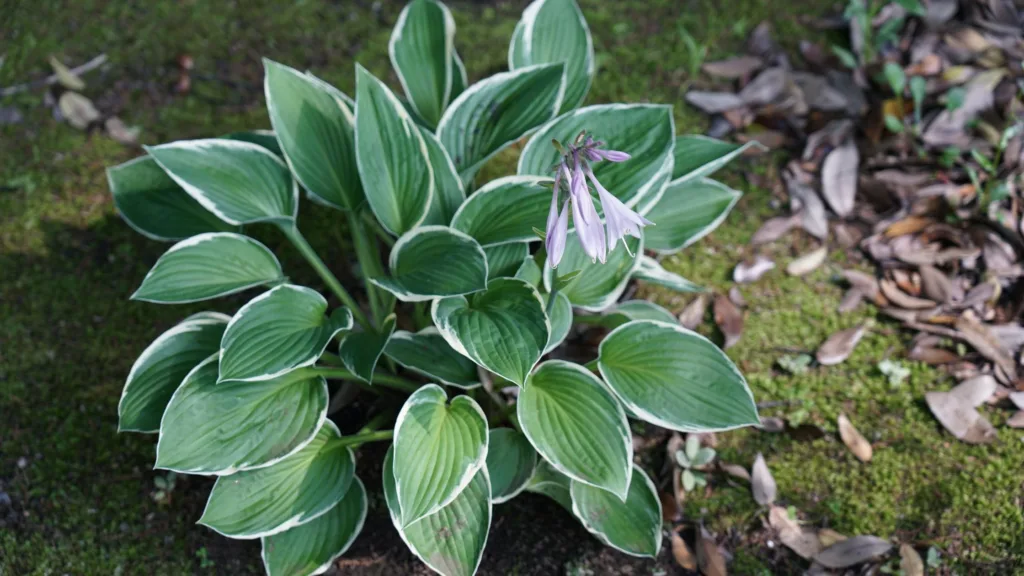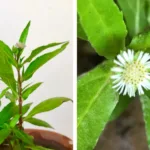plantain lily hosta
Hostas, also known as Plantain Lilies, are beautiful, shade-tolerant perennials with green, waxy leaves and a wide variety of foliage colors. While they are traditionally grown outdoors, they can also thrive as houseplants if you provide the right conditions.
Here’s what you need to know about growing hostas indoors:
- Varieties: The hosta genus includes many species and cultivars. Some suitable for indoor growing include:
- ‘Frosted Mouse Ears’: Small (4 to 6 inches tall) with thick, glossy leaves.
- ‘Cracker Crumbs’: Compact (6 to 8 inches) and ideal for containers.
- ‘El Nino’: Medium-sized (12 to 15 inches) with attractive leaves.
- ‘Sunshine Glory’: Larger (24 inches tall) and striking.
- ‘Sum and Substance’: Giant (36 inches tall, up to 60 inches wide) with impressive foliage.
- Light Requirements:
- Hostas are shade-loving plants, making them well-suited for indoor growing.
- Green-leaved varieties tolerate deep shade, while variegated ones prefer part sun (3 to 6 hours of daily sun).
- Provide filtered light for best results.
- Dormancy Period:
- Hostas need an annual dormancy period of at least six weeks at temperatures below 42°F (5.5°C).
- During dormancy, leaves may drop off, which is normal.
- Overwinter hostas in your garage, outdoors, or a spare refrigerator.
- Toxicity:
- Be cautious where you grow hostas indoors, as dogs or cats are toxic if ingested.

plantain lily
The plantain lily, with its elegant arch and gentle fragrance, whispers tales of serenity and shade. Unlike its flamboyant cousins basking in the sun, the plantain lily thrives in quiet corners, its heart-shaped leaves forming a cool, green sanctuary.
Imagine a hidden haven, dappled sunlight filtering through a canopy of leaves. The plantain lily stands sentinel here, its smooth, emerald surface catching the fleeting light. As evening descends, the air fills with the soft perfume of its white blooms, a sweet lullaby ushering in the night.
This is the world of the plantain lily, a world of quiet strength and understated beauty. It is a patient observer of the seasons, its leaves unfurling with the promise of spring and turning burnished gold in the crisp air of autumn.
But the plantain lily is more than just a pretty face. Its dense foliage provides a haven for creatures who seek refuge from the sun, and its fragrant flowers attract night pollinators with their sweet nectar.
Though often overshadowed by its more flamboyant relatives, the plantain lily holds its own quiet charm. It is a testament to the beauty of subtlety, a reminder that true elegance lies in grace and resilience.

Blue Angel Plantain Lily
Hosta ‘Blue Angel’, also known as Plantain Lily, is an outstanding perennial with striking blue-gray to blue-green leaves. Here are some key details about this beautiful hosta variety:
- Appearance:
- Forms an elegantly flowing pile of dense, richly textured leaves.
- Leaves are widely oval to wedge-shaped, measuring up to 16 inches (40 cm) long.
- Prominent veins are slightly ribbed.
- Dense racemes of funnel-shaped, palest lavender to white blooms appear in summer on scapes that reach 48 inches (120 cm) tall.
- Among the largest blue-leaved hostas.
- Growing Conditions:
- Prefers part shade to full shade.
- Thrives in fertile, moist, well-drained soils.
- Shelter from cold, dry winds.
- Tolerates quite dry soils once established.
- Uses:
- Ideal as a background plant.
- Great for shade gardens, mixed borders, city gardens, and containers.
- One of the many great things about the plantain lily is that it can serve as a groundcover or underplanting for shrubs and roses. It will look beautiful underneath taller plants or flowers and can be a great addition to various gardens, like shady gardens, mixed borders, and city gardens.
- Maintenance:
- Watch out for slugs and snails that may damage the attractive foliage.
- After blooming, cut off the stems to encourage growth.
- Propagate by division in early spring or late summer.






Hey there! I’ve been reading your site for a while now and finally got the courage to go ahead and give you a shout out from Kingwood Tx! Just wanted to say keep up the good work!